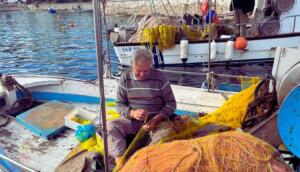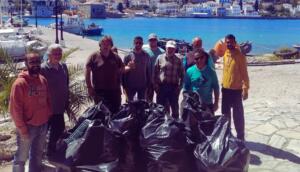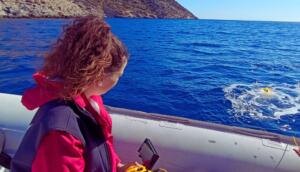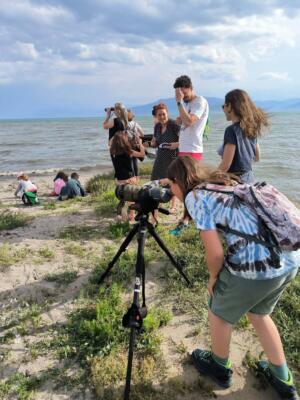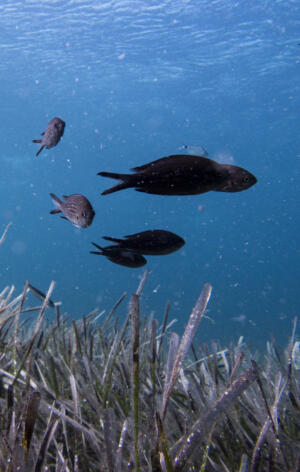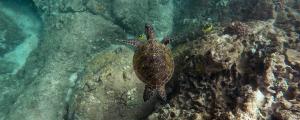
Marine Ecosystems
Area of interest
Fisheries and Marine Ecosystems
The Argosaronic Gulf is a region of remarkable natural beauty, home to diverse marine ecosystems that have sustained local communities and livelihoods for generations. Its once-abundant coastal habitats and seagrass meadows are now facing increasing pressure from growing human activity, including boat traffic, uncontrolled anchoring, industrial fish farms, unsustainable fishing practices, and pollution. Left unchecked these pressures could accelerate degradation with serious ecological and economic consequences.
Yet marine ecosystems are resilient and can recover when given the chance. At AEF, we believe that restoring abundance at sea goes hand-in-hand with supporting coastal communities. Through our grant-giving, we work with key partners to support scientific research, capacity building, awareness-raising, and advocacy, helping restore marine life and secure a thriving, sustainable future for the region.








